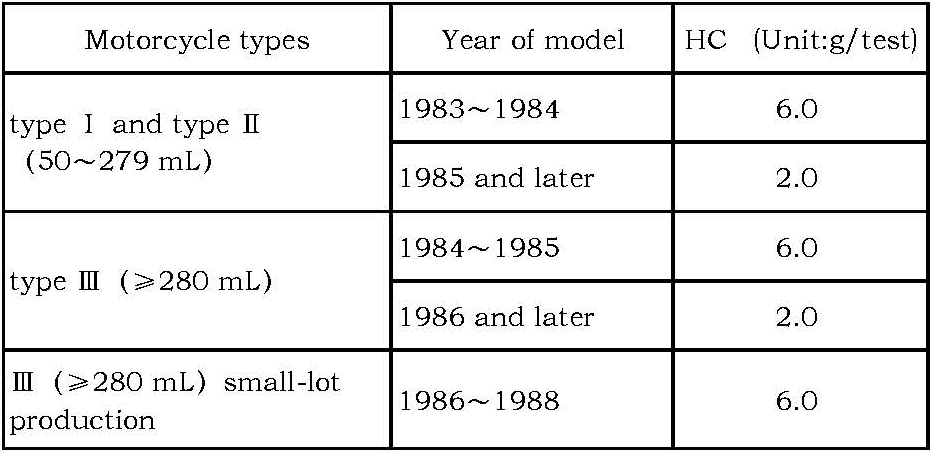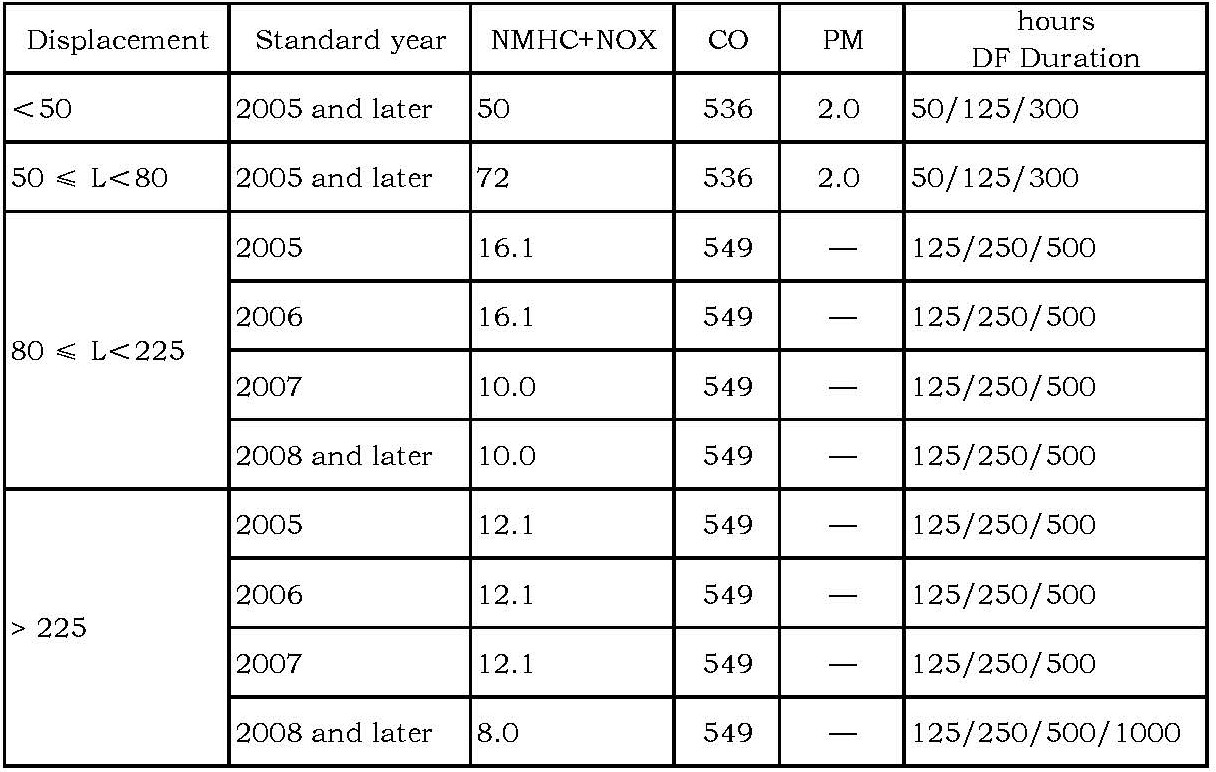


CARB
CARB is the abbreviation of California Air Resources Board.
California has exclusive authority to legislate about vehicle emission regulation. The permissions include: new vehicle certification (car, light truck, heavy truck, non-road engine), assembly line inspection, COP inspection, the supervision and inspection for sellers, auto parts market’s selling approval, in-use vehicle supervision, I/M inspection procedure, mobile sources analysis and evaluation procedure.
The first Stage has been carried out since the January 1995, and it’s the second stage at present, the California regulation doesn’t distinguish handheld engine and non-handheld engine, but it has particulate emission requirements for two-stroke engines. Particularly, the enterprises have not the right to sell products in California even have gained the EPA certificate and even have to apply for CARB certificate. The enterprises have to provide production line emission test specification before applying for the CARB certificate.
The California accounts for 12% of American’s population and 14% of American’s GDP, economic scale comes to 1.56 trillion and larger than any country except America, Japan, Germany, England, China and France, per capita GDP comes to 46 thousand. It goes without saying the advantages of entering into California market, while the enterprises have to face the most rigorous environmental regulations if their engine relevant products want to enter into this attractive market.
1、CARB motorcycle relevant standards and process
CARB motorcycle emission standards and process
California emission standards and process

CARB motorcycleevaporative emission standards and process
California motorcycle evaporative emission standards

2、The relevant standards and requirements of CARB engine
CARB non-road engineclassifications
First class:universal small gasoline engine
Main types:lawn mower, electric generator, water pump, compressor, snow blower, pressure washer, chain saw, etc.
Second class: diesel engine
Main types: agricultural tractor, excavator, diesel lawnmower, bulldozer, logging equipment, portable generator set, land scraper, forklift and sailing auxiliary propulsion equipment, etc.
The emission standard ofCARBspark ignition engine (Unit:g/kwh)

The emission requirements of gasoline engine CARB certification (Unit:g/kwh)

3、CARB evaporative (components) emission requirements
Brief introduction: California issued the evaporative regulation of non-road small petrol engine in July 2004, coming into effect since the year when the types approved. The engines have to use the approved evaporative emission control system, otherwise it’s not allowed to produce, sell, rent or use the engines or devices, and not allowed to deliver or import to California for commercial use as well. As for the evaporative emission system, the manufacturers have choices: first, the evaporative performance certification of whole engine; second, the certification of design evaporative performance. At the same time, CARB can ask the manufacturers to approve the components according to this requirement.
First, the evaporative performance requirement of whole engine:
The engine with 80~225cc displacement (Non- Walk-Behind Mower)
Year of 2007~2011 : 1.20+0.056×fuel tank capacity(Liter)g HC/day
2012: 0.95+0.056×fuel tank capacity(Liter)g HC/day
The Walk-Behind Mower with 80~225cc displacement
Year of 2007~2008: 1.3g HC/day
2009: 1.0g HC/day
The engine with the displacement lager than 225cc
Since 2008: 1.20+0.056×fuel tank capacity(Liter)g HC/day
Second, the requirements of design evaporative performance
The engine with the displacement less than 80cc
Year of 2007: tank penetration 2.0g ROG/ m2 /day
The engine with 80~225cc displacement (Non- Walk-Behind Mower)
Fuel hose penetration: 2.5g ROG/ m2 /day (2008~2012)
1.5g ROG/ m2 /day(year of 2013)
Notes: 1. ROG="Reactive Organic Gases(ROG)", it means active organic gas, but not includes carbon monoxide, carbon dioxide, carbonic acid, metal carbide or carbonate and carbamic acid.
2. If the design performance certification is adopted, the regulations have requirements for carbon tank adsorption capacity, and the specific requirement related to fuel tank capacity.
4、The main work introduction of automobile emission laboratory of California Air Resources Board (CARB)
(1) Vehicles approval according to year types
(2) Assembly line inspection test
(3) COP inspection procedures
(4)The approval for automotive components market sells production
(5) Supervision procedures for in-use light vehicle
(6) I/M procedures ---two idle speed emission inspection
(7) Free accelerating smoke emission test for diesel vehicle
(8) Motor vehicle emission inventory and evaluation
(9) Subsection of vehicle emission test